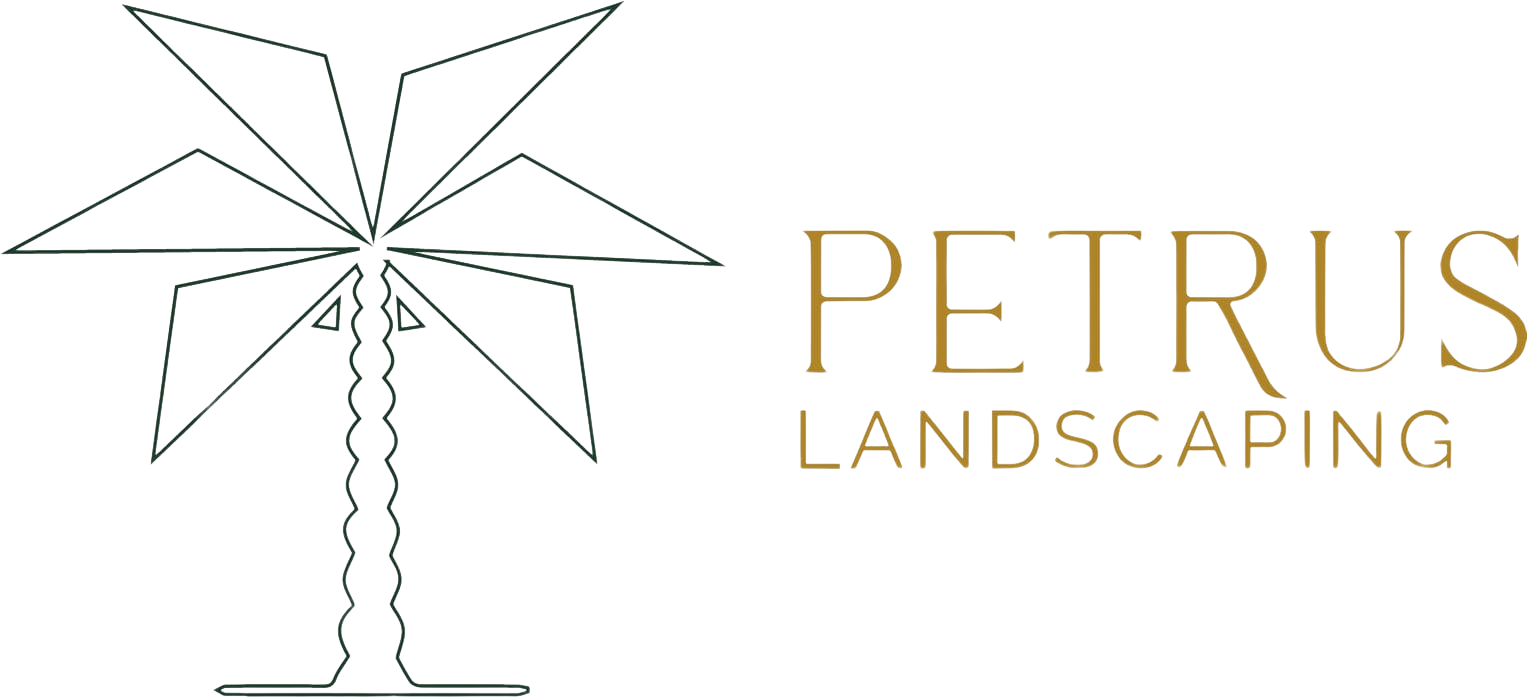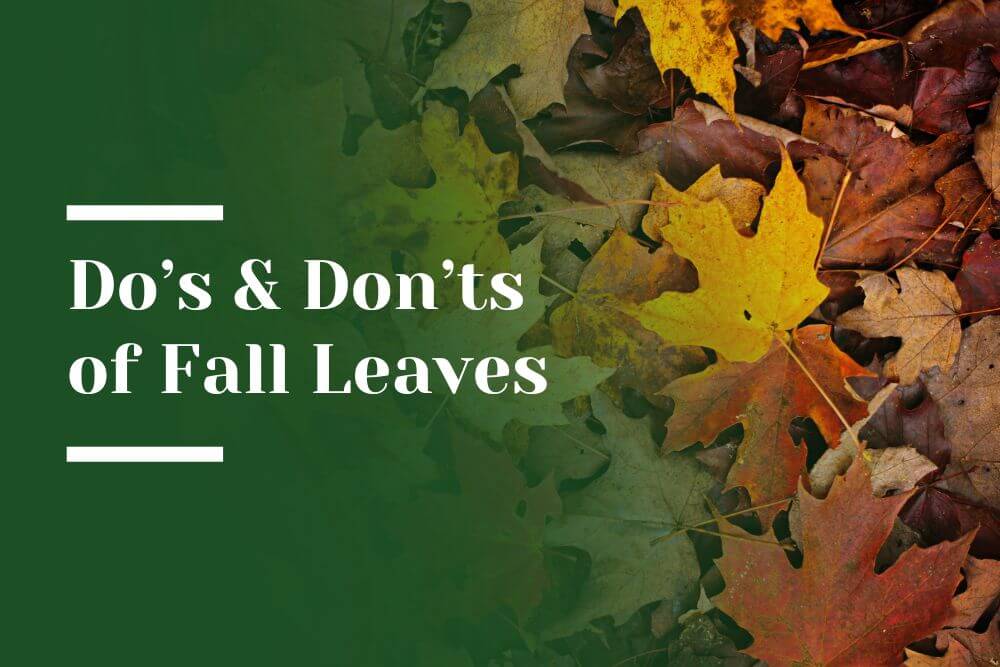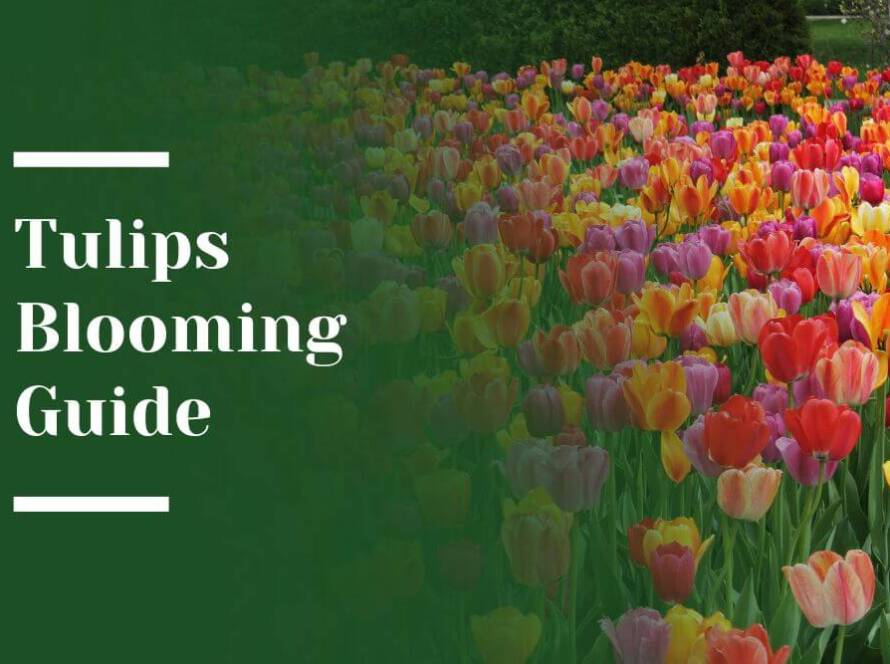Fall leaves are more than just seasonal scenery; they hold potential for improving the health of your garden. However, using them effectively requires an understanding of how they decompose and impact different areas of a landscape. Expert landscape designer Ward Dilmore shares his insights on best practices for handling fall leaves in a way that benefits your garden without compromising its aesthetic, especially if you’re managing a high-end garden in areas like Palo Alto or Atherton. Here are few do and don’ts for fall leaves.
Do: Let Leaves Decompose Naturally in Low-Traffic Areas
One way to use fall leaves effectively is by letting them decompose naturally in areas that don’t require regular maintenance, such as shaded areas with large trees and shrubs. Ward Dilmore suggests that observing the forest floor is an excellent way to understand the natural decomposition process. In untouched forest areas, leaves eventually break down and provide nutrients to the surrounding trees and plants. You can replicate this effect in your landscape by leaving leaves on the ground in low-traffic, shaded areas of your property.
For larger estates in places like Atherton, this approach not only saves time and energy but also creates a self-sustaining ecosystem. By allowing leaves to break down, you’re essentially mimicking the natural cycle, where organic material turns into compost that feeds trees and shrubs. This technique can be particularly beneficial for luxury estate landscaping, as it reduces the need for chemical fertilizers in those areas.
Don’t: Leave Leaves in Manicured Flower Beds or Gardens
While leaving leaves on the ground is beneficial for trees and shrubs, it’s not ideal for flower beds or manicured gardens, especially those with delicate perennials and annuals. In these well-maintained areas, leaves take a year or more to decompose, which can make weeding, fertilizing, and other garden maintenance tasks more challenging. The layers of leaves can trap moisture, potentially causing rot in more delicate plants.
In high-end landscapes around Palo Alto, where gardens are carefully curated, it’s better to rake the leaves and create a compost pile away from the main garden areas. This compost pile will allow leaves to decompose efficiently, turning them into a rich organic material that can later be used to nourish your flower beds and other cultivated garden spaces.
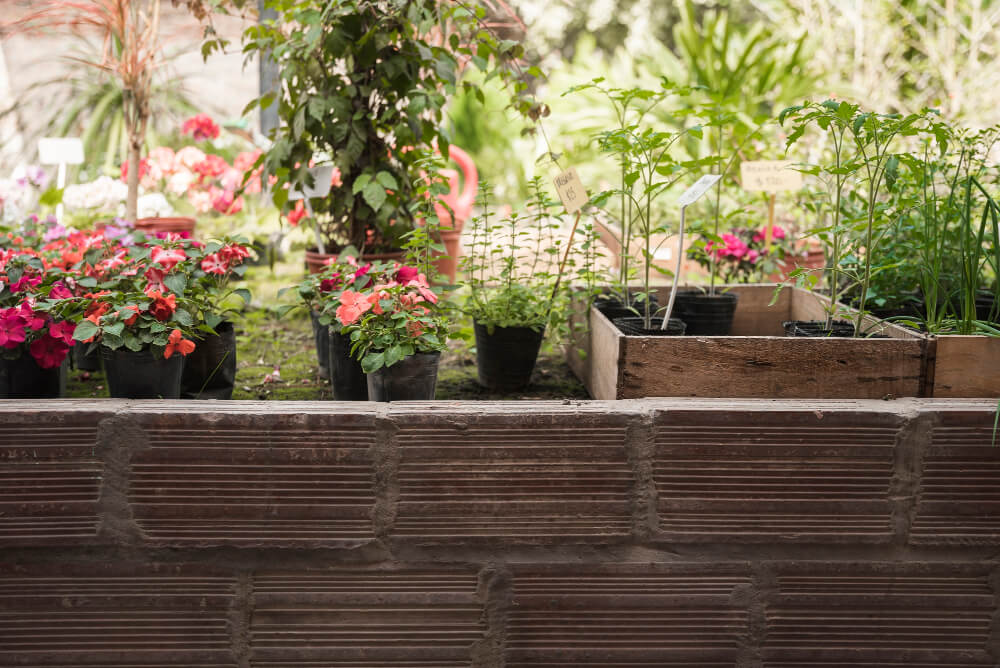
Do: Use Leaves to Create Mulch or Compost
One of the most sustainable ways to handle fall leaves is by turning them into mulch or compost. Mowing over fallen leaves to create mulch is a quick and easy way to add organic matter to your soil. This technique, known as mulching, can benefit areas of your garden that need a little extra nourishment. However, Ward Dilmore suggests that mulching leaves on lawns should be done sparingly, as too much organic matter can disrupt the appearance of a manicured lawn.
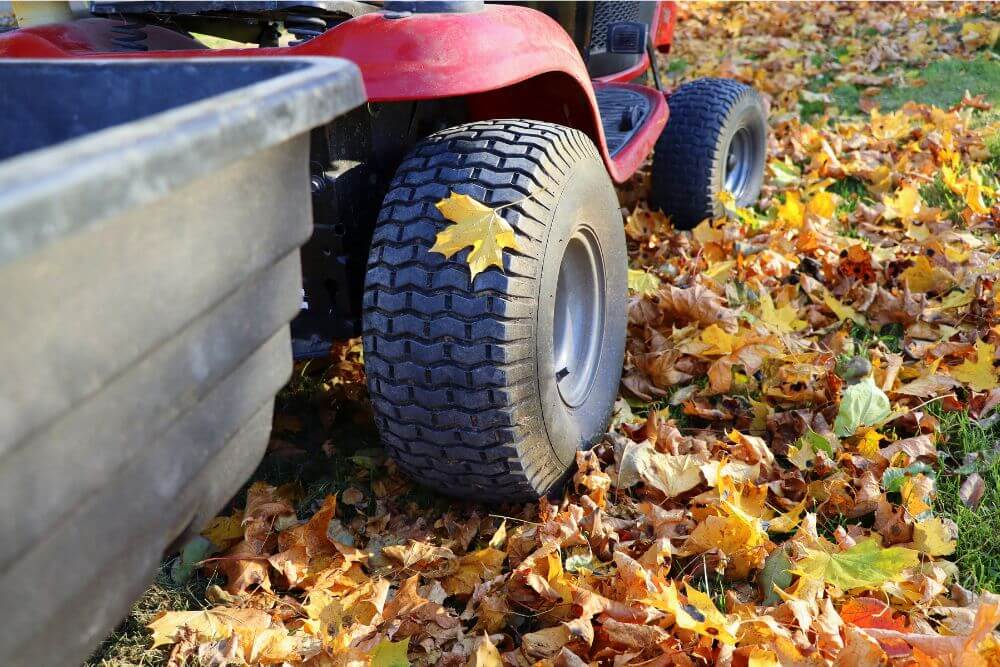
In luxurious landscapes in Atherton and Palo Alto, maintaining a compost pile can be an excellent way to recycle fall leaves. By allowing leaves to decompose in a dedicated pile, you can control the process and create nutrient-rich compost. Once fully decomposed, this compost can be used to improve the soil in flower beds, vegetable gardens, or potted plants, promoting healthier growth without the need for synthetic fertilizers.
Don’t: Ignore the Impact of Leaves on Your Lawn
Lawns have unique maintenance needs, and a thick layer of leaves can hinder their growth. When left on the lawn, fallen leaves can block sunlight and trap moisture, leading to fungal growth and potentially killing the grass underneath. Over time, if left unmanaged, the lawn can turn into a dense layer of organic matter resembling a forest floor, which is not ideal for a carefully manicured landscape.
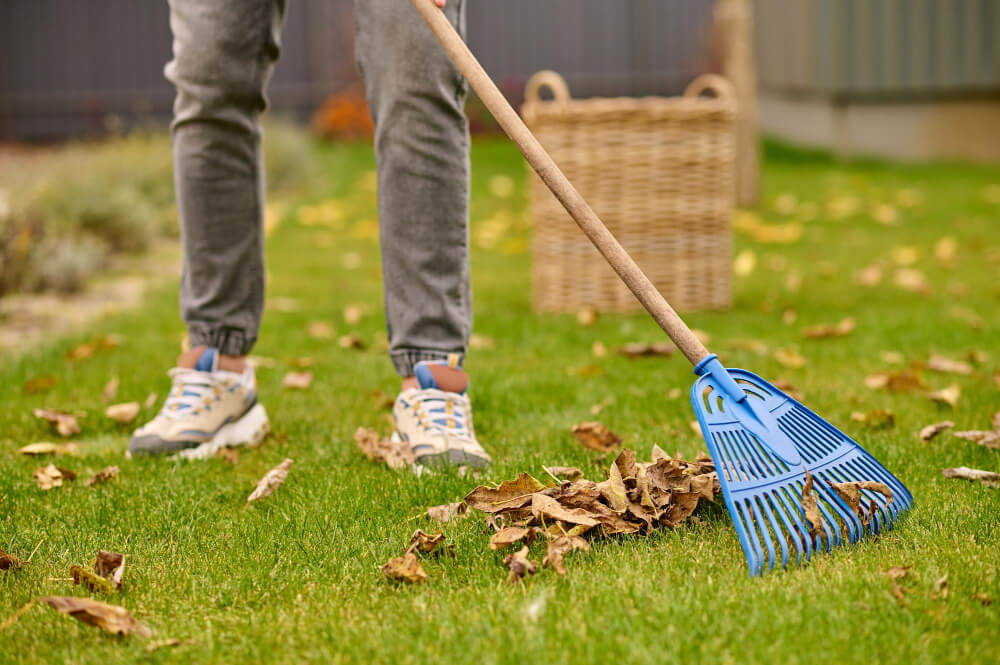
If you’re managing a luxury estate lawn in Palo Alto, regularly raking or blowing leaves off the grass is essential to maintain its health and appearance. For those who want to use leaves as mulch on the lawn, mulching with a lawn mower every few years can add organic material back into the soil, but it’s essential not to overdo it.
Do: Be Mindful of Where You Place Compost Piles
In luxury estate landscaping, the placement of a compost pile is just as important as its content. Ward Dilmore emphasizes that compost piles should be located in less visible parts of the garden, as they might not fit the aesthetic of high-end landscapes in areas like Atherton. Select a secluded spot or designate a specific compost bin to keep your garden looking pristine while still benefiting from the organic material compost provides.
This approach not only keeps your estate looking beautiful but also allows you to maintain control over the decomposition process. Once the compost is fully matured, you can apply it to various parts of your garden to enhance soil quality, benefiting both ornamental and edible plants.
Don’t: Use Fall Leaves on Delicate Plants that Need a Dormancy Period
Certain plants, especially those that go dormant in winter, can be negatively affected by too much mulch from decomposing leaves. Ward Dilmore points out that extra heat from landscape lighting or thick layers of leaves can interfere with a plant’s dormancy, preventing it from entering its natural rest phase. This is especially important for perennial plants in cooler climates.
For landscapes in Palo Alto and Atherton, it’s best to remove leaves around plants that require a strict dormancy period. Allowing these plants to experience cooler temperatures during fall and winter helps them prepare for a healthy growing season in the spring.
Do: Consider Using Leaf Mulch in Pathways
In larger gardens or luxury landscapes, creating pathways with leaf mulch can add a rustic touch while also being practical. By laying a thick layer of mulched leaves along garden paths, you can suppress weeds and create a softer, natural surface for walking. This is a great option for shaded areas where the pathways won’t get too muddy from leaf decomposition.
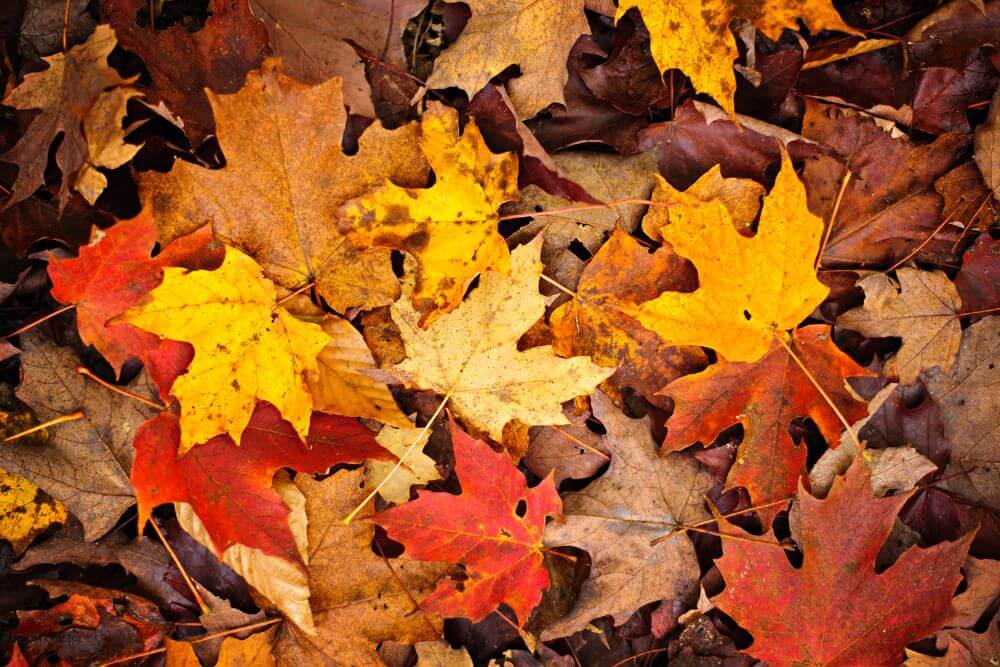
Don’t: Use Leaves as Mulch on High-traffic Areas
While leaf mulch is excellent for low-traffic pathways, it’s not ideal for areas that see a lot of foot traffic. Over time, the leaves will break down, potentially turning high-traffic areas into muddy or slippery zones. In upscale estates like those in Atherton, this could detract from the clean, manicured look that many homeowners desire.
Do: Shred Leaves Before Using as Mulch
Shredded leaves decompose faster and are less likely to mat down, which can prevent water from reaching the soil. If you want to use leaves as mulch around plants, shredding them first is an effective strategy. Shredded leaves are also less likely to blow away and are easier to spread evenly.
Don’t: Let Unshredded Leaves Smother Plants
Whole leaves can form thick mats that block water and air from reaching the soil. For smaller plants and flowers, this can lead to suffocation and root rot. In manicured gardens in Palo Alto, where every plant is carefully maintained, it’s crucial to avoid smothering plants with large, unshredded leaves. Rake and shred them before using as mulch to ensure proper soil aeration.
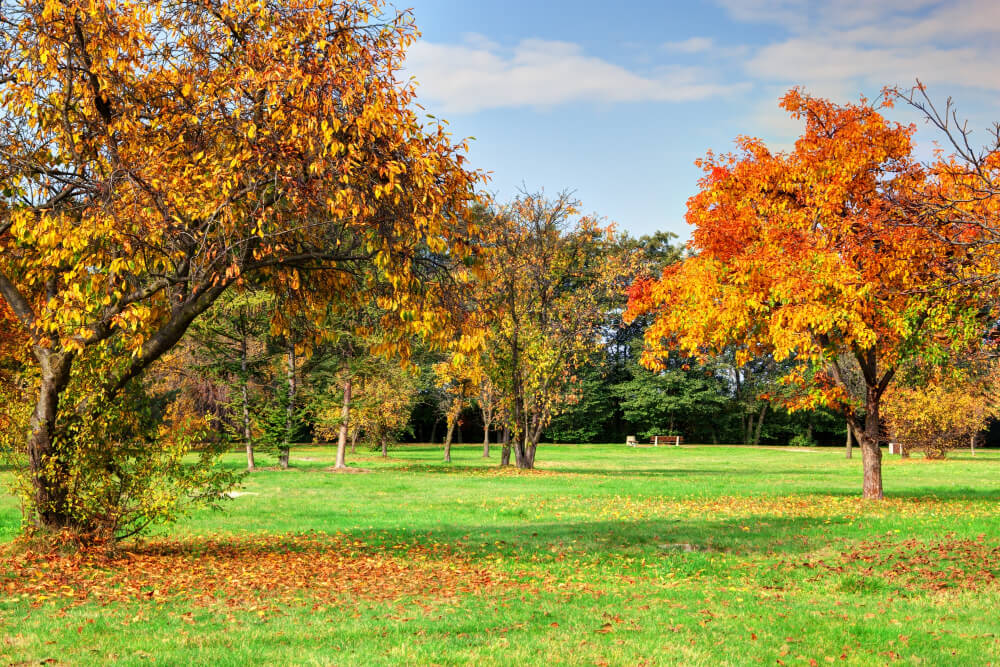
Do: Add Leaves to Vegetable Garden Beds in Late Fall
Adding a layer of shredded leaves to your vegetable garden beds in late fall helps protect the soil from erosion and temperature fluctuations during the winter. This organic layer can be turned into the soil in the spring to add nutrients and improve soil structure, preparing it for the next growing season. This technique is beneficial for luxury estate vegetable gardens, providing rich, organic material to promote healthy, bountiful crops.
Don’t: Use Diseased Leaves as Mulch or Compost
If you notice any signs of disease on fallen leaves, avoid using them as mulch or in your compost pile. Diseases can spread to other plants, causing damage to your garden. In high-value landscapes, especially in areas like Atherton where maintaining plant health is paramount, it’s crucial to remove and dispose of diseased leaves properly to prevent contamination.
Fall leaves offer a wealth of benefits for gardens when managed correctly. In low-maintenance areas, leaving leaves on the ground can create a self-sustaining ecosystem similar to a forest floor. For manicured gardens and lawns, however, it’s essential to rake and manage leaves to maintain the aesthetic and health of these areas. Turning leaves into mulch or compost provides an environmentally friendly way to recycle organic material, enriching your garden’s soil over time.
Luxury estate landscaping in places like Palo Alto and Atherton requires a balance between functionality and aesthetics. By following these dos and don’ts, you can ensure your garden remains beautiful, healthy, and aligned with sustainable practices. Fall leaves don’t have to be a burden; with a little effort, they can become a valuable asset to your landscape.
